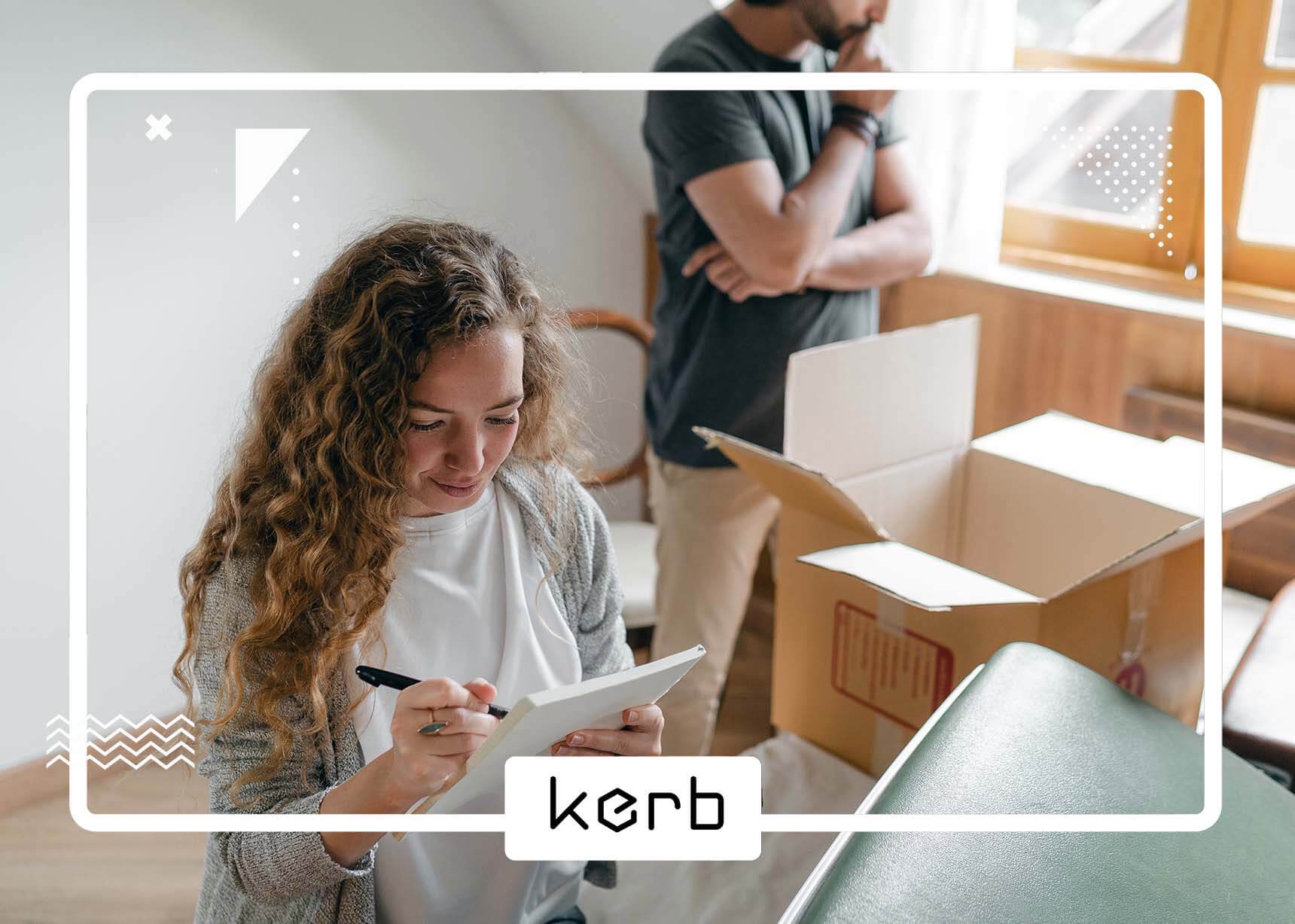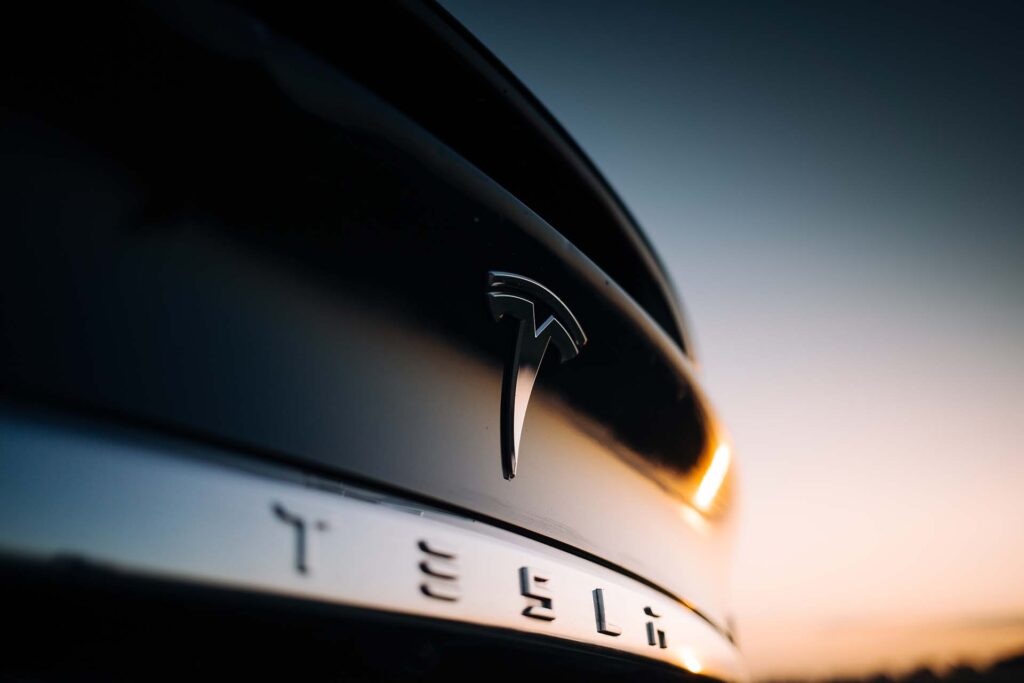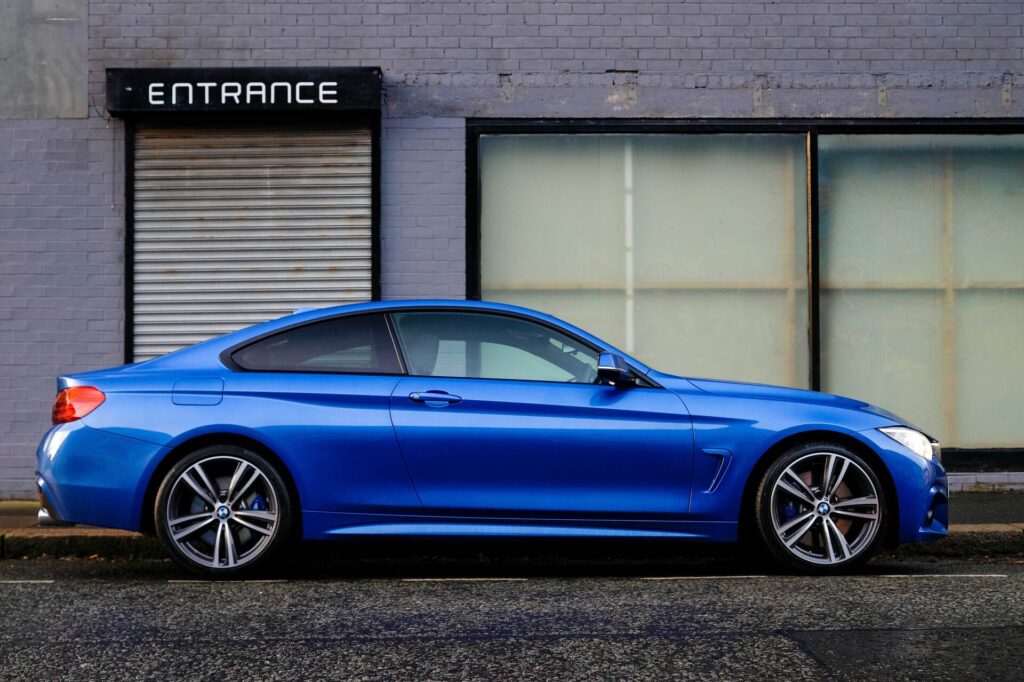Shipping a Tesla cross country demands careful planning and execution. We’ll unveil expert strategies to ensure your prized Tesla reaches its destination in pristine condition. Whether you’re relocating or selling the vehicle, our insights will help you make informed decisions. Discover the peace of mind that comes with professional shipping services tailored to protect the cherished four-wheeler throughout its cross-country journey.
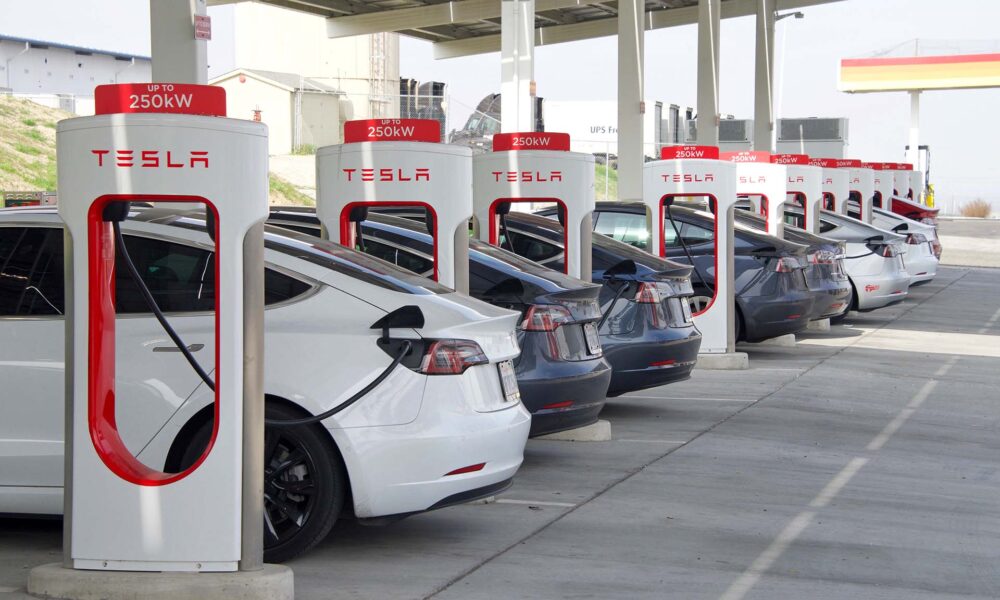
What are the best strategies for shipping a Tesla cross-country? First, partner with reputable cross-country movers who specialize in automotive transport, ensuring expertise and care. Prepare the vehicle carefully, from battery settings to documentation, guaranteeing it’s ready for the long journey. Choose the right transport method, whether open or enclosed, based on the Tesla’s needs and protection level. Insurance coverage is crucial in protecting your investment against unforeseen circumstances. Stay informed throughout the journey and conduct post-delivery inspections upon arrival. Lastly, reacclimate a Tesla to its new environment, ensuring it’s in optimal condition.
Start Planning The Process of Shipping a Tesla Cross-Country
Planning a relocation of a vehicle is a pivotal first step to ensure a seamless relocation. It’s essential to carefully strategize this process to guarantee the safe and timely delivery of the prized vehicle.
Moving a car to another state involves a series of considerations, from selecting the right relocation company to coordinating the move with the overall relocation plans. Initiate this process with diligence to set the foundation for a successful and stress-free EV cross-country shipment.
Choose a Reputable Auto Transport Company
Selecting the right shipping company comes after a thorough research of all reputable transportation companies. Skipping research and hiring the first movers you see online can lead to a relocation scam that cannot be resolved easily. To ensure a successful relocation, follow the tips explained below.
Research and Reviews
Investigate potential companies thoroughly by reading customer reviews and testimonials to gauge their reputation.
Experience Matters
Opt for companies with extensive experience in handling Tesla vehicles, as they are likely to have the expertise required for smooth transport.
Verify Licensing
Ensure the white glove moving company is properly licensed, insured, and registered with the necessary authorities. This can be checked by obtaining a USDOT number on the Better Business Bureau website.
Transparent Pricing
Request detailed quotes that include all potential fees, ensuring no surprises in the relocation budget.
Clear Communication
Choose a company that maintains open and clear communication throughout the transportation process, providing updates and answering all questions effectively.
Schedule the Shipment According to Your Timeline
Scheduling an EV shipment to align with the moving timeline is a crucial aspect of ensuring a smooth cross-country relocation. By staying flexible and considering the best time of the year to move and ship a Tesla cross-country, you can optimize the relocation budget and make the entire process more efficient.
Investing in reputable auto transport services, such as those offered by Kerb Movers, and aligning Tesla’s shipment schedule with other aspects of the relocation will help you achieve a seamless transition to the new destination while safeguarding a valuable car.
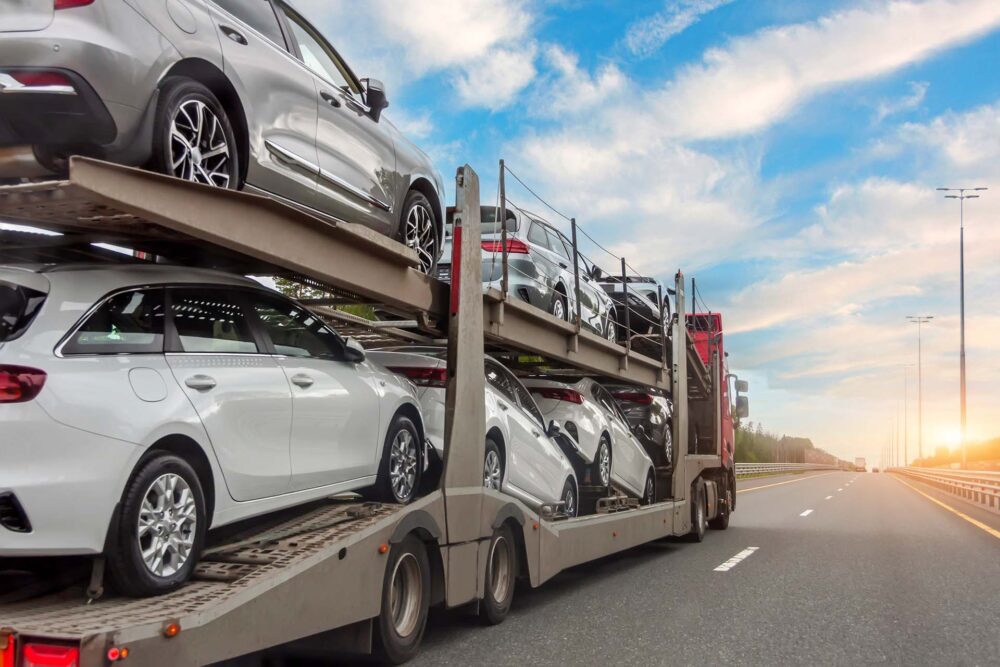
Carry Out Pre-Shipping Preparations For the Tesla
Before you hand over the electric vehicle to long-distance movers, it’s crucial to ensure that you’ve taken all the necessary pre-transportation precautions. Start by giving the Tesla a thorough cleaning to ensure it’s in the best possible condition for the journey ahead. Clear out any loose items from the car’s interior to prevent them from shifting during transport. It’s essential to leave the vehicle entirely empty.
Lastly, make sure to charge the battery to its optimal level, as this will ensure that the Tesla is ready for cross-country movers to load it on a carrier. These steps might seem small, but they are instrumental in protecting the EV during transit.
Inspect and Document the EV’s Condition
Preparing a Tesla for transportation involves an inspection and comprehensive documentation of its current condition. This step is of paramount importance for both insurance and safety reasons. Before handing the vehicle over to the movers, take the time to conduct a thorough visual examination.
It’s not just about looking for existing damage but also about documenting every detail, no matter how minor it may seem. Take photographs from various angles, and if possible, create a video walkthrough of the vehicle’s interior and exterior. This comprehensive record serves as invaluable evidence in the unfortunate event of any unforeseen damage during transit.

Choose the Best Shipping Option
Generally, you have two choices – enclosed Tesla transport and open carrier Tesla shipping. Enclosed transport provides the highest level of protection for the EV, shielding it from weather elements and road debris, making it an ideal choice for those seeking peace of mind, especially for high-value models.
On the other hand, an open carrier is more cost-effective and widely available but offers less protection compared to enclosed transport. The best option ultimately depends on the level of protection you desire for the car and the budget. Don’t hesitate to discuss any concerns with the movers. Ask them questions since they can offer valuable guidance and advice to help you make an informed decision.
Pros and Cons of Enclosed Carriers
Deciding between open and enclosed transport depends on the priorities, whether it’s minimizing costs or ensuring the well-known Model 3 or the new Cybertruck receives the utmost care during its journey. When it comes to enclosed carriers, you can expect the car to be a bit more protected.
Pros of enclosed transport:
- Enclosed carriers offer superior protection from weather, dust, and road debris, making them ideal for high-value cars or when relocating during winter months.
- It provides additional security, reducing the risk of vandalism during transit.
- Knowing your vehicle is well-protected can ease the stress of relocation, making the process smoother.
Cons of enclosed transport:
- This premium service comes at a higher price, which might not be within everyone’s budget.
- Enclosed transport options are less common than open carriers, potentially leading to longer wait times for scheduling.
Pros and Cons of Open Carriers
Choosing between open and enclosed transport for shipping a Tesla involves weighing the benefits and drawbacks of each option. These methods differ significantly in terms of cost, protection, and availability, impacting how they might make the relocation easier, especially under specific conditions like relocating in winter.
Pros of open transport:
- Open carriers are the more affordable option, making them a popular choice for standard vehicle transportation needs.
- There’s a higher availability of open transport options, which can lead to more flexible scheduling.
- The vehicle is more visible during transport, allowing the driver to keep a better eye on it.
Cons of open transport:
- The vehicle will be exposed to the elements and road debris, which can be a concern when relocating in winter or through areas with harsh weather conditions.
- The exposure might lead to more wear and tear on the exterior, requiring a wash or detailing after delivery.

Have a Clear Understanding of Insurance Coverage
For vehicles transported via open carriers, insurance up to $100,000 is provided, catering to common risks such as environmental exposure and minor debris damage. This coverage is suitable for standard needs, offering a balance between affordability and protection.
On the other hand, enclosed carrier options come with insurance coverage reaching up to $500,000, reflecting the premium service’s heightened security and protection against a broader range of potential issues and relocation mistakes. This higher coverage level is particularly beneficial for high-value electric vehicles or when transporting them under challenging conditions.

Hand Over the Car and Monitor Its Journey
Handing over an electric vehicle for cross-country transport is a process that requires attention to detail to ensure a smooth transition. Initially, you should engage in a thorough discussion with the movers, providing them with all necessary information about the vehicle, including any specific handling instructions and important documents that may be required for the transport.
Set the stage for it to be relocated efficiently. It’s reassuring to know that the Model X or Y will be in capable hands. You won’t have to deal with the relocation stress of having to drive a car and charge it multiple times. The handover process includes a detailed inspection of the vehicle, documentation of its condition, and confirmation of the transportation details and insurance coverage.
Stay Informed Throughout the Transport
Remaining informed about the vehicle’s status throughout its transport is crucial for a worry-free experience. This involves proactive communication with the company, utilizing their customer service agents to inquire about the whereabouts of the vehicle and the estimated delivery times.
To stay updated on the vehicle’s status, it’s beneficial to establish a clear line of communication with the shipping company from the start. Requesting regular updates, whether through emails or direct calls, can help monitor the transport process closely. Therefore, when the car is on its way to a new destination, you can concentrate on relocating the rest of the belongings safely.

What to Do When Your Car Arrives
Upon completion of the long-distance electric vehicle transport, receiving it from the movers marks the last stage in the process. The delivery can be conducted through either terminal-to-terminal or door-to-door service, depending on the chosen option.
Terminal-to-terminal delivery requires the vehicle owner to pick up their electric vehicle from a specified terminal, offering a potentially more cost-effective solution. In contrast, door-to-door delivery provides the convenience of having the vehicle delivered directly to the owner’s new home, eliminating the need for additional travel.
Carry Out the Post-Shipping Inspections and Checks
Conducting a thorough Tesla post-shipping inspection is one of the essential things to do after moving. This process involves carefully examining the four-wheeler upon arrival to check for any potential issues that may have arisen during transport. Start by comparing the vehicle’s condition against the pre-shipment inspection report to identify any discrepancies.
Look for any signs of external damage, such as scratches or dents, and verify that all vehicle functions are operating as expected. Check the battery level and ensure there are no warning lights on the dashboard. Documenting any findings and promptly reporting them to the relocation company is crucial for addressing any concerns under the insurance coverage.
Packing Services
When the time comes for us to relocate, we seek to find any possible help that will ease the whole process.
Auto Shipping
Are you looking for the best auto shipping company near you? Give Kerb a call, ask for a free quote and book our top-notch car transportation services.
Local Moving
Are you planning on relocating locally? There are so many moving companies out there that offer local moving services.
Put Your Tesla in the Capable Hands of Kerb Movers
Putting the electric vehicle in the capable hands of Kerb Movers ensures a stress-free experience when you need to ship the four-wheeler across the country. Apart from auto transport services, we offer comprehensive white glove moving services as well as packing services. We are committed to delivering the highest level of care and protection for the vehicle throughout its journey.
From selecting the right shipping option, whether open or enclosed transport, to understanding the insurance coverage that best suits your needs, we are here to guide you every step of the way. Contact us, Kerb Movers company, to learn more about how we can make the EV relocation a smooth and efficient process.
Frequently Asked Questions
What Is the Safest Way to Ship My Tesla Across the Country?
The safest method to transport an electric vehicle across the country involves utilizing an enclosed carrier, offering maximum protection against environmental elements and road debris. This option ensures the car remains shielded throughout its journey, significantly reducing the risk of damage. Consulting with cross-country moving professionals for advice on the best practices can enhance the safety of the transport process.
How Do I Choose Between Open and Enclosed Transport for My Tesla?
Choosing between open and enclosed carriers for transporting an EV hinges on balancing protection needs and budget constraints. Enclosed carriers provide superior protection from the elements, ideal for high-value electric vehicles, whereas open carriers are more cost-effective but offer less protection. Evaluating the importance of the vehicle’s safety versus cost considerations will guide this decision.
What Kind of Insurance Coverage Should I Have for Shipping My Tesla?
For transporting an electric vehicle, securing comprehensive insurance coverage is essential to safeguard against potential risks during transit. Coverage up to $100,000 for open carriers and up to $500,000 for enclosed carriers is advisable, reflecting the varying levels of protection each option offers. This insurance ensures financial protection against unforeseen incidents throughout the journey.
How Can I Track My Tesla During Its Cross-Country Shipment?
To monitor an EV during its cross-country transit, utilizing the tracking services provided by the transport company is effective. Regular updates can be obtained through direct communication with customer service or using online tracking tools. This keeps individuals informed about the vehicle’s progress and expected delivery timeline.
What Should I Do to Prepare My Tesla for Long-Distance Shipping?
Preparing an electric vehicle for long-distance transit involves conducting a thorough inspection, documenting its condition, and ensuring it’s fully charged. Removing personal items and securing loose parts can prevent damage while turning off all automatic updates saves battery life. Providing the transport company with any specific instructions regarding the vehicle’s care is also beneficial.

